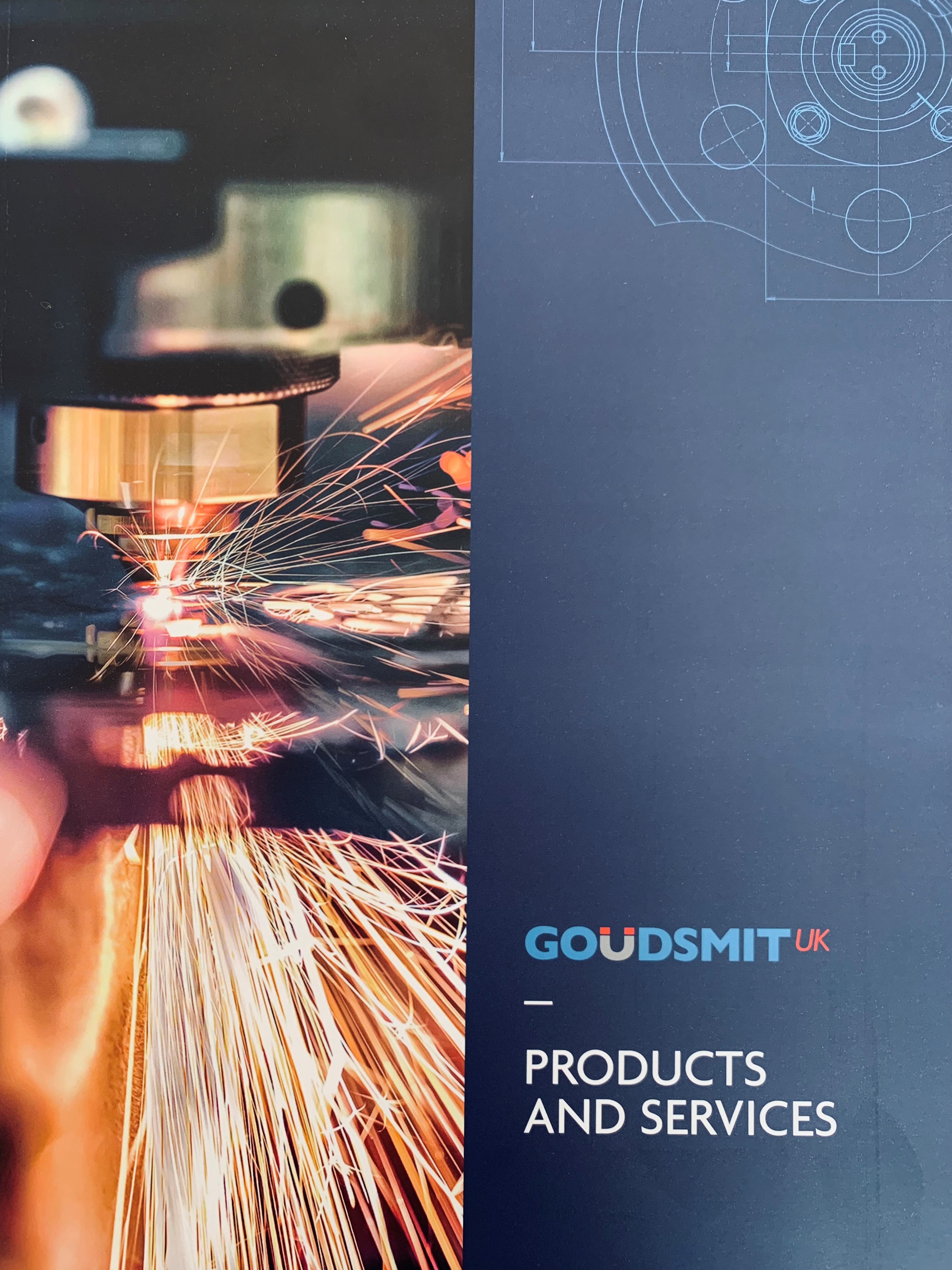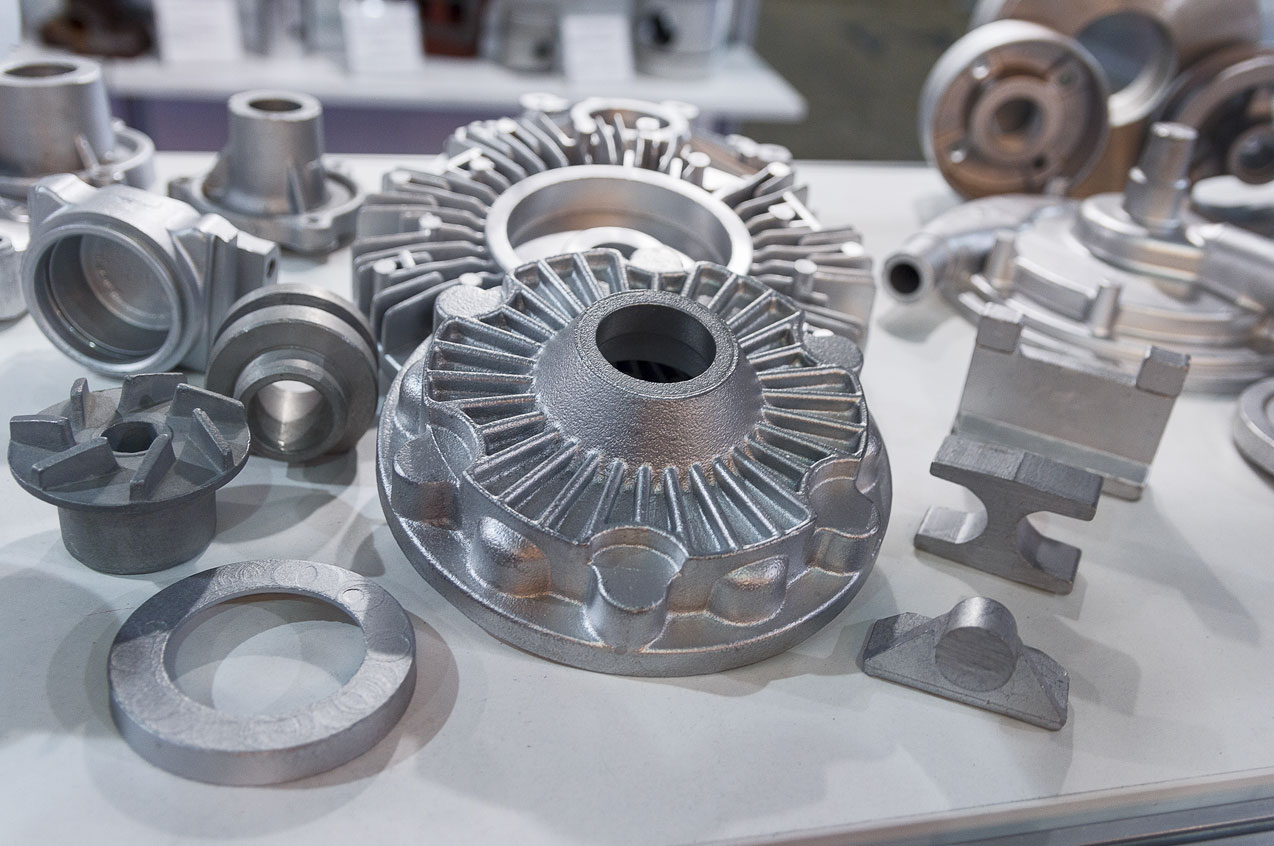At Goudsmit UK, we work closely with customers to design and manufacture die cast components that meet precise application needs. With over 25 years of experience, we deliver aluminium and zinc castings engineered for accuracy, durability, and consistent performance.
From concept to completion, we provide full design and manufacturing support — helping you turn complex requirements into high-performance, production-ready components.
Benefits of Die Casting with Goudsmit UK:
Custom Die Design & Simulation:
Our team creates 3D CAD models, defines optimal gate, vent, and ejector pin locations, and runs FEA simulations to predict die fill, shrinkage, and stress — ensuring right-first-time tooling.
High-Quality, Long-Life Tooling:
We manage tool construction, trial runs and maintenance to ensure consistent performance across long production volumes.
Flexible Finishing Options:
Shot blasting, vibratory tumbling, CNC machining, anodising, powder coating, and nickel plating – wide range of finishes available to meet your functional or cosmetic requirements.
Full Project & Quality Support:
From prototyping and first-off samples to mass production, we offer QA documentation and global logistics support.
Request a quote today and discover how our die casting expertise can support your next project.
Die cast parts often show small marks or seams caused by how the metal is injected and released from the tool. These are normal and part of the process, but they can be reduced or improved through finishing.
What to Expect on a Die Cast Part:
Gates and vents are needed to let metal in and air out — these will leave small marks.
Ejector pins help push the part out of the tool — they also leave visible circles or dents.
Flash is thin excess metal around split lines that appears where the tool separates.
How We Improve the Finish:
Clipping removes the larger metal feed and vent points after casting. This can be done mechanically or hydraulically.
Because casting alloys don’t break as cleanly as steel, some small leftover marks (called "witness") are normal.
If a cleaner finish is needed, we can machine the area using CNC to smooth it out.
Surface Finishing Options:
After clipping, we can further improve the part’s appearance using:
Shot blasting or tumbling to smooth sharp edges and reduce flash
Powder coating to apply colour and cover minor marks
Nickel plating or chromate coating for corrosion protection
Note: Die cast parts don’t anodise well, and over time the surface may darken from oxidation. A surface finish is recommended for appearance and protection.
While die casting offers rapid, near-net-shape metal production, not all features can be formed in the die itself. Some must be machined after casting to achieve the required function or tolerance.
Design Limitations for Casting
Some features are better suited to post-cast machining, such as:
Holes not aligned with the split line
Parallel-sided features (draft is required for ejection)
Threads, especially if the axis is not along the split line
Undercuts or complex internal forms
CNC Machining Capabilities
Goudsmit UK offers multi-axis CNC milling and turning to finish components to specification.
CNC provides high repeatability and is used for nearly all post-cast machining.
This enables tight tolerances and complex geometries that can’t be achieved through casting alone.
Insert Features and Strength Zones
High-load features (e.g. tapped bosses) may require added strength.
Press-fitting stainless steel inserts is often preferable to casting around them.
Some components (e.g. motor shafts) can be cast around, depending on design.

Die casting is a high-precision manufacturing process used to produce metal components by forcing molten metal into a steel mould — known as a die — under high pressure. As the metal cools, it solidifies into a detailed replica of the mould cavity, creating a net-shape part with minimal or no machining required.
This process is especially suited to metals with low melting points, such as aluminium and zinc, which offer excellent strength, corrosion resistance, and dimensional stability. These materials are ideal for producing complex forms with fine details, thin walls, and tight tolerances.
At Goudsmit UK, we specialise in pressure die casting, offering custom-engineered aluminium and zinc components for industries including automotive, medical, electronics, and aerospace. With over 20 years of experience in die design and post-processing, we provide not only cost-effective parts, but also a full range of finishing options to meet both cosmetic and high-precision requirements.

Give us a call
+44 (0) 2890 271 001Send us an email
info@gukmagnetics.co.uk